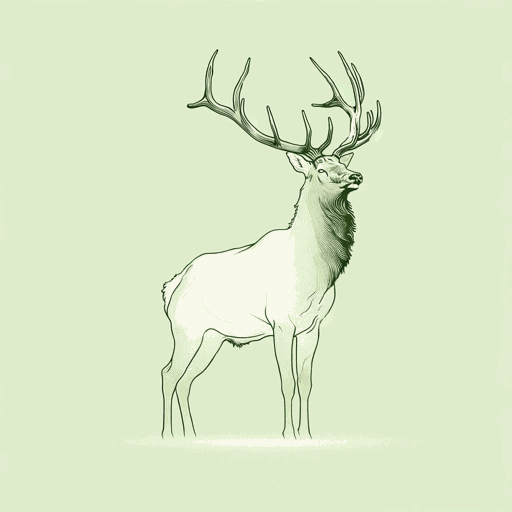76 pages • 2 hours read
Stephen Graham JonesThe Only Good Indians
Fiction | Novel | Adult | Published in 2020A modern alternative to SparkNotes and CliffsNotes, SuperSummary offers high-quality Study Guides with detailed chapter summaries and analysis of major themes, characters, and more. For select classroom titles, we also provide Teaching Guides with discussion and quiz questions to prompt student engagement.
Themes
Being a “Good Indian”
The three main adult characters in the novel—Lewis, Gabe, and Cass—each struggle with their ancestral heritage and their role in Blackfoot culture, which they typically treat with ironic distance or outright mockery of the rules and customs of their culture as a way of coping with the cultural burden. As such, they freely use the term “Indian” to describe themselves or their practices, knowing full well its racist origins and deploying it with a sense of irony: They understand the tension between the authenticity of their tribal customs and their own half-considered version of it that often resembles play-acting. Still, the desire to be “Good Indians” colors their behavior and self-concept: Lewis fears that abandoning the reservation and marrying a white woman has disgraced his ancestors and furthered the diminishment of the tribe’s bloodline; Gabe’s struggles with alcohol, violent outbursts, and being a bad father linger in him; Cass is finally settling down, but fears what others think since he is dating a Crow woman, a tribe that was rivals and sometimes outright enemies with the Blackfeet. Holding the sweat is a way for Gabe and Cass to try to be a more respectable part of their community, though they know that they are primarily serving as an example of who not to be for Nathan Yellow Tail.
Featured Collections
Earth Day
View Collection
Fear
View Collection
Friendship
View Collection
Grief
View Collection
Guilt
View Collection
Indigenous People's Literature
View Collection
New York Times Best Sellers
View Collection
Pride & Shame
View Collection
Revenge
View Collection
The Best of "Best Book" Lists
View Collection


